Nestled amidst the misty glens and rugged peaks of the Scottish Highlands, a 14th-century castle has become the unlikely epicenter of a viral TikTok trend. The historic stronghold, which once served as a bastion against English invaders, now offers visitors a chance to step through time with its wildly popular "time-travel experience" – a meticulously crafted immersion that has sent social media into frenzy.
The phenomenon began quietly last autumn when castle staff started experimenting with ways to make history feel tangible for digital-native visitors. What began as simple costumed reenactments soon evolved into a full sensory overload: the scent of burning peat in the great hall, the metallic tang of chainmail being fitted by blacksmiths, the deafening clang of broadswords during daily duels in the courtyard. By winter, visitors were filming themselves "arriving" in the Middle Ages through cleverly designed portal installations, sparking the #HighlandTimeJump challenge that's since amassed over 300 million views.
What makes this experience resonate so powerfully with Gen Z? Heritage consultants point to the perfect storm of dramatic landscapes, unfiltered authenticity, and that peculiar medieval aesthetic that dominates fantasy fandoms. Unlike sterile museum exhibits, here visitors get their hands dirty – literally. They grind flour with stone querns, taste oatcakes baked over open flames, and attempt (with hilarious results) to write with quills under the watchful eye of a "monk" scribe. The castle's head of visitor experience notes, "We're not selling history lessons. We're offering emotional memories – the kind that beg to be shared."
The viral moment crystallized when a group of Italian tourists posted their "time portal" transition – modern jackets swapped for woolen tunics mid-stride as they crossed the castle's threshold, backed by a haunting Gaelic soundtrack. That single video spawned thousands of recreations, with participants obsessing over period-accurate details. Local wool merchants report a 400% increase in requests for natural-dyed fabrics, while Highland tour operators scramble to add "time travel" packages.
Behind the scenes, the operation runs with military precision. A team of historians works alongside theater directors to maintain authenticity while maximizing dramatic impact. The morning "invasion scare" (complete with thundering hooves and flaming arrows) gets reset five times daily. Costumed interpreters stay meticulously in character, referring to smartphones as "witchcraft mirrors" and feigning terror at wristwatches. Even the food service gets the treatment – mead is served in horn cups, with staff insisting visitors eat stew with daggers as proper medieval warriors would.
Critics initially dismissed the project as historical Disneyfication, but scholars have been surprised by its educational impact. Visitors consistently outperform museum-goers on retention tests about medieval life, and the castle's archive has seen unprecedented interest in primary sources. "When you've struggled to start a fire with flint, you'll never forget how precious heat was in 1350," remarks the castle's resident archaeologist. The experience has proven particularly transformative for dyslexic visitors and others who struggle with traditional learning methods.
As the trend shows no signs of slowing, other heritage sites are taking notes. The National Trust for Scotland recently hosted a knowledge-sharing summit, while similar time-tunnel installations are planned for Orkney's Neolithic sites and Glasgow's Victorian quarters. Meanwhile, the original Highland castle prepares for its busiest summer season in six centuries of existence – proof that in our digital age, the hunger for tangible, embodied history has never been greater.
The castle's social media manager, herself a former history PhD candidate, reflects on the unexpected success: "We didn't just make history go viral. We proved that the past isn't dead – it's just waiting for the right portal to come alive again." As dawn breaks over the battlements each morning, another wave of time travelers arrives, smartphones at the ready, eyes wide with the wonder of centuries collapsing.
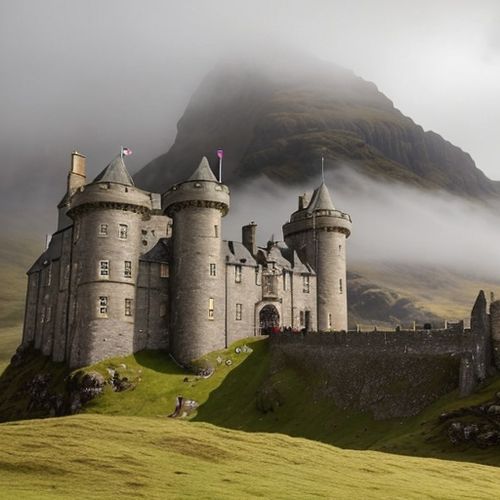
By Emily Johnson/Apr 11, 2025
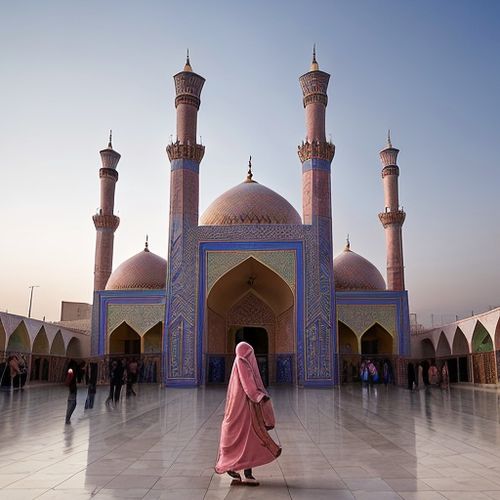
By William Miller/Apr 11, 2025
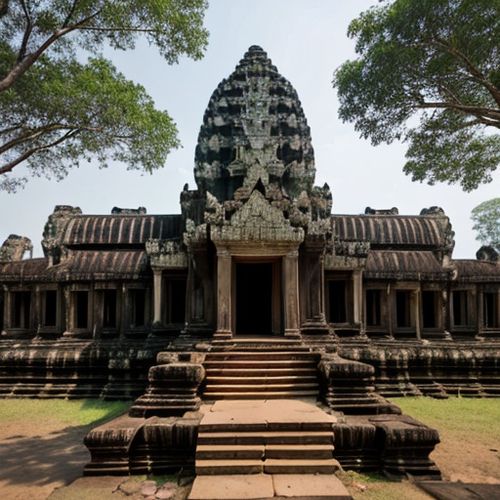
By Benjamin Evans/Apr 11, 2025
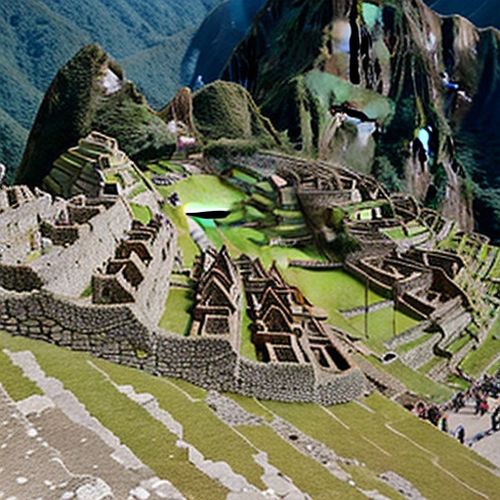
By Grace Cox/Apr 11, 2025
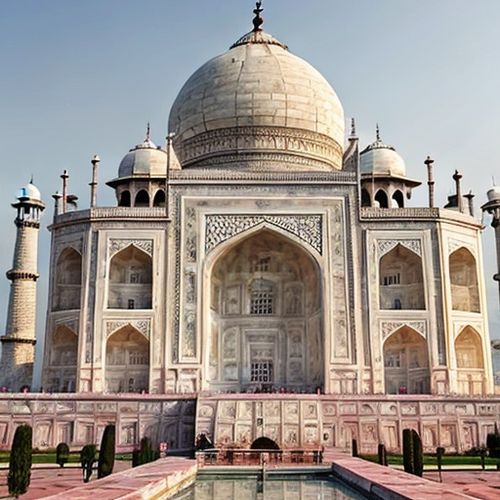
By Amanda Phillips/Apr 11, 2025
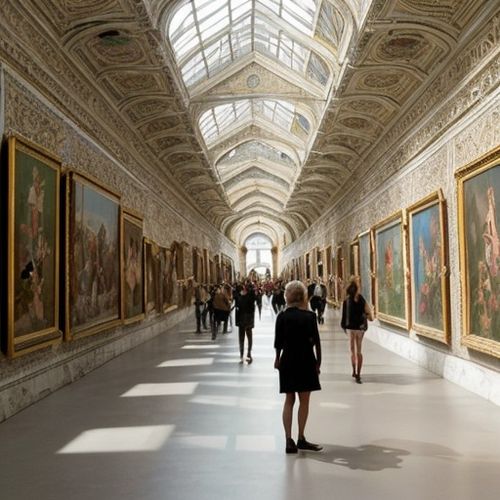
By James Moore/Apr 11, 2025

By Natalie Campbell/Apr 11, 2025
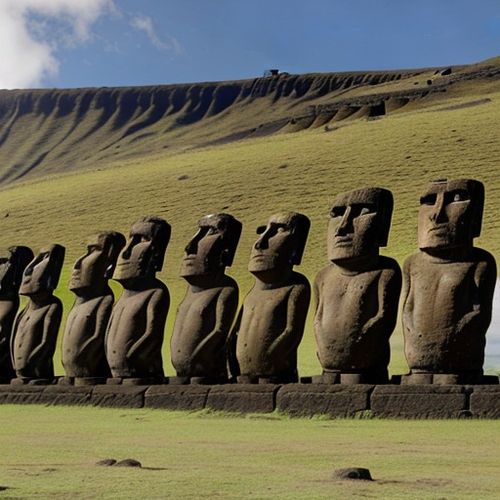
By Eric Ward/Apr 11, 2025
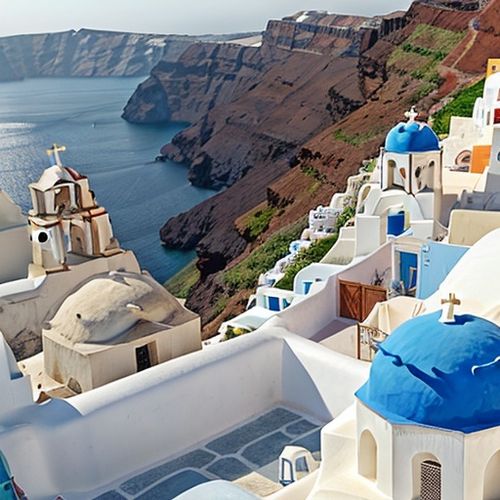
By James Moore/Apr 11, 2025
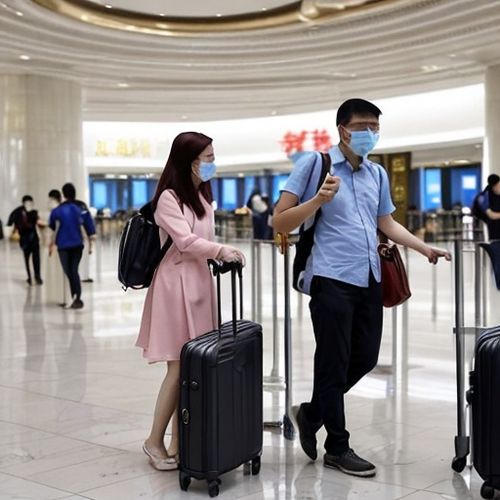
By Emily Johnson/Apr 11, 2025

By Christopher Harris/Apr 11, 2025

By Michael Brown/Apr 11, 2025
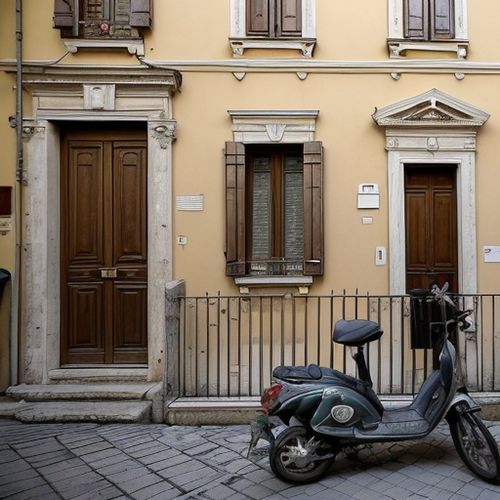
By Rebecca Stewart/Apr 11, 2025
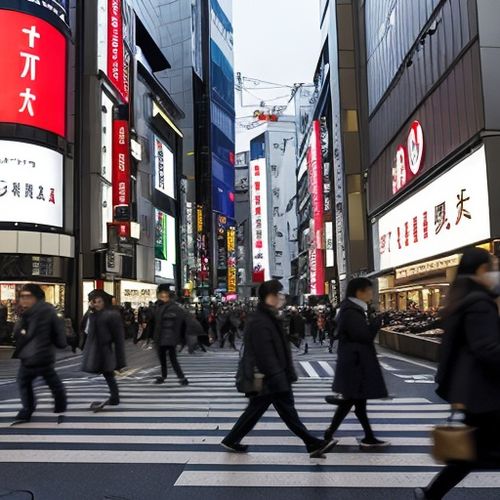
By John Smith/Apr 11, 2025
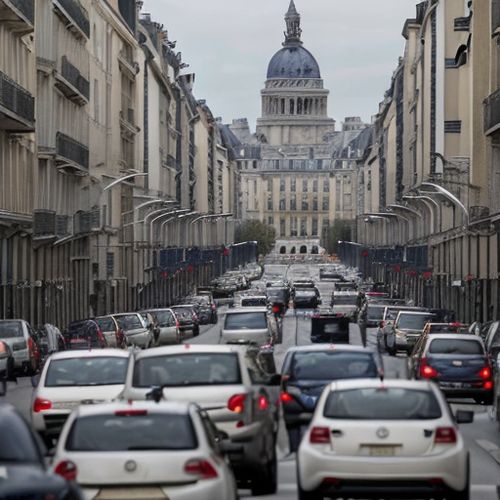
By Natalie Campbell/Apr 11, 2025
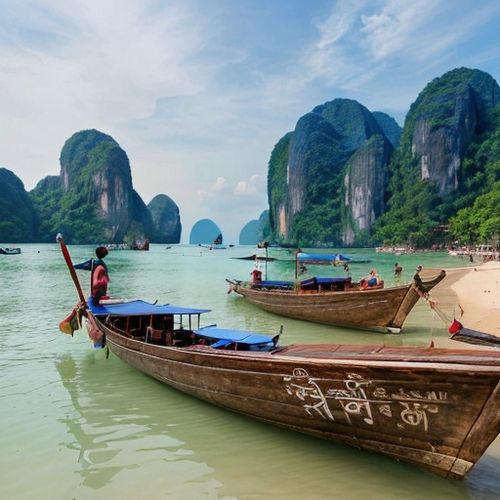
By Emily Johnson/Apr 11, 2025
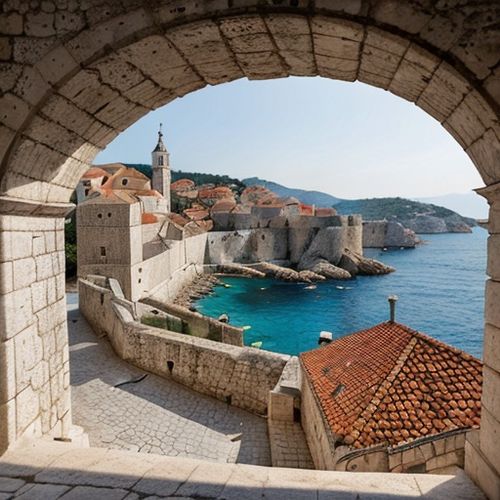
By John Smith/Apr 11, 2025
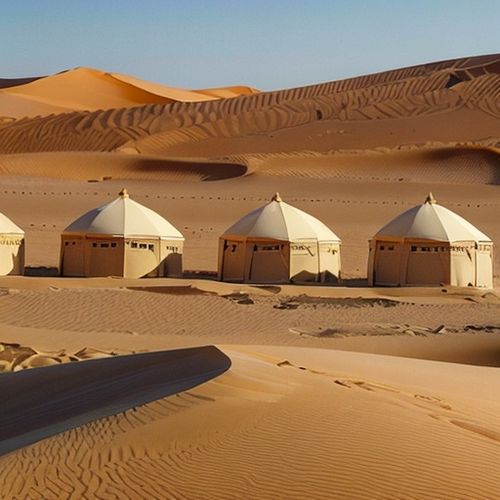
By Michael Brown/Apr 11, 2025
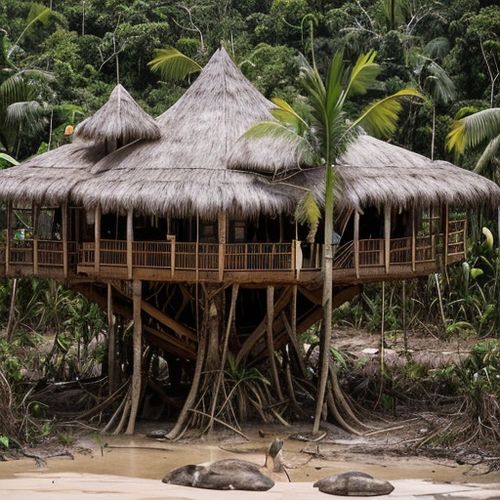
By Amanda Phillips/Apr 11, 2025
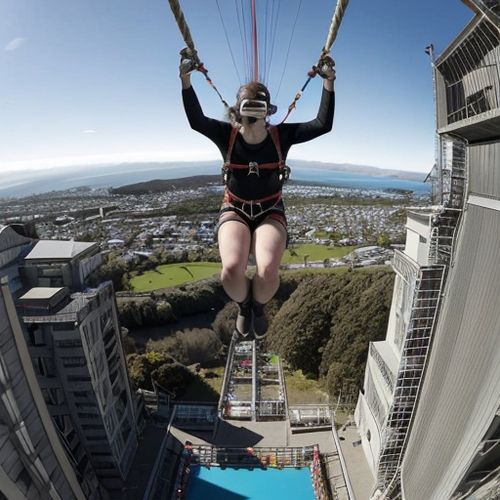
By Joshua Howard/Apr 11, 2025